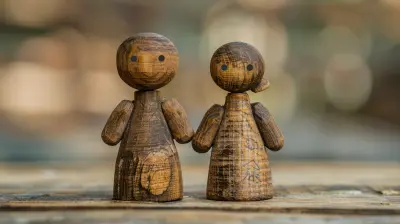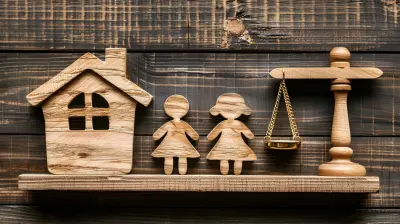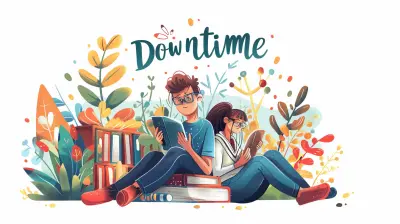Supporting Siblings Through the Adoption Process
13 September 2025
Adoption is a beautiful, life-changing journey. But when you're already parenting, say, one or more tiny humans, and decide to bring home another through adoption, the process becomes a whole family affair. It’s not just about preparing the room, picking the name, or getting through mountains of paperwork—it’s about preparing your current kiddos, too.
The truth? Adoption can stir up a cocktail of emotions in siblings. Excitement, curiosity, jealousy, confusion—sometimes all in the same hour. And as their trusted grown-up, your job is to be the emotional lifeguard during the tidal wave of change. So, let's talk about supporting siblings through the adoption process—without losing your sanity or your sense of humor.
🎢 The Rollercoaster of Emotions: What Siblings Might Be Feeling
Let’s be honest—kids are like little emotional radars. They pick up on everything. One minute they're jazzed about having a new playmate, and the next they’re worried they’ll be forgotten like last year’s Halloween costume.Here’s a rundown of the emotional soup they might be swimming in:
- Excitement: A built-in buddy? Heck yes!
- Jealousy: Will Mom and Dad still have time for me?
- Confusion: Why are we adopting? Where is the new sibling coming from?
- Fear: What if our family changes too much?
The key is to validate their feelings. Don't dismiss their worries with a pat on the head and a “You’ll love your new brother!” Instead, dive deep. Ask them how they feel and actually listen. Think of yourself as their emotional GPS—guiding them, recalculating when needed, and always in the passenger seat.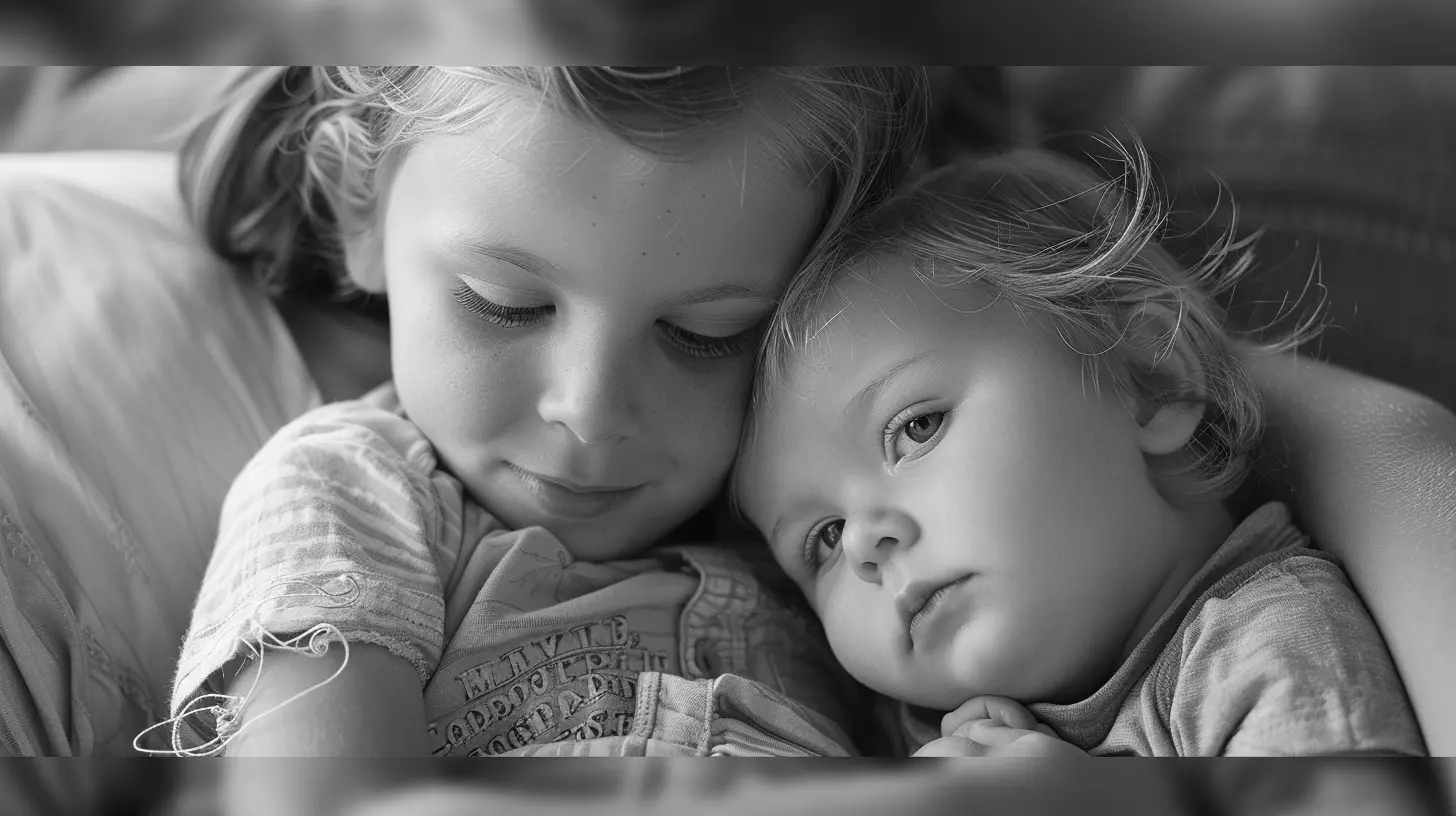
🧸 Start the Conversation Early (And Keep It Going)
Timing is everything. If your child finds out they’re getting a new sibling by overhearing your phone call with the adoption agency, ehhh… not ideal.Start honest conversations early. Use age-appropriate language, and be transparent about what adoption means. It’s not just “getting a new kid”—it’s a major life shift.
Try this approach:
> “We’ve been thinking a lot about growing our family, and we want to include you in that journey. We're considering adoption. That means we might bring another child into our home, and we know it will change things—so we want to talk about it together.”
And then keep the convo rolling. It shouldn't be a one-and-done announcement. Think of it more like an ongoing family meeting with snacks and cuddles.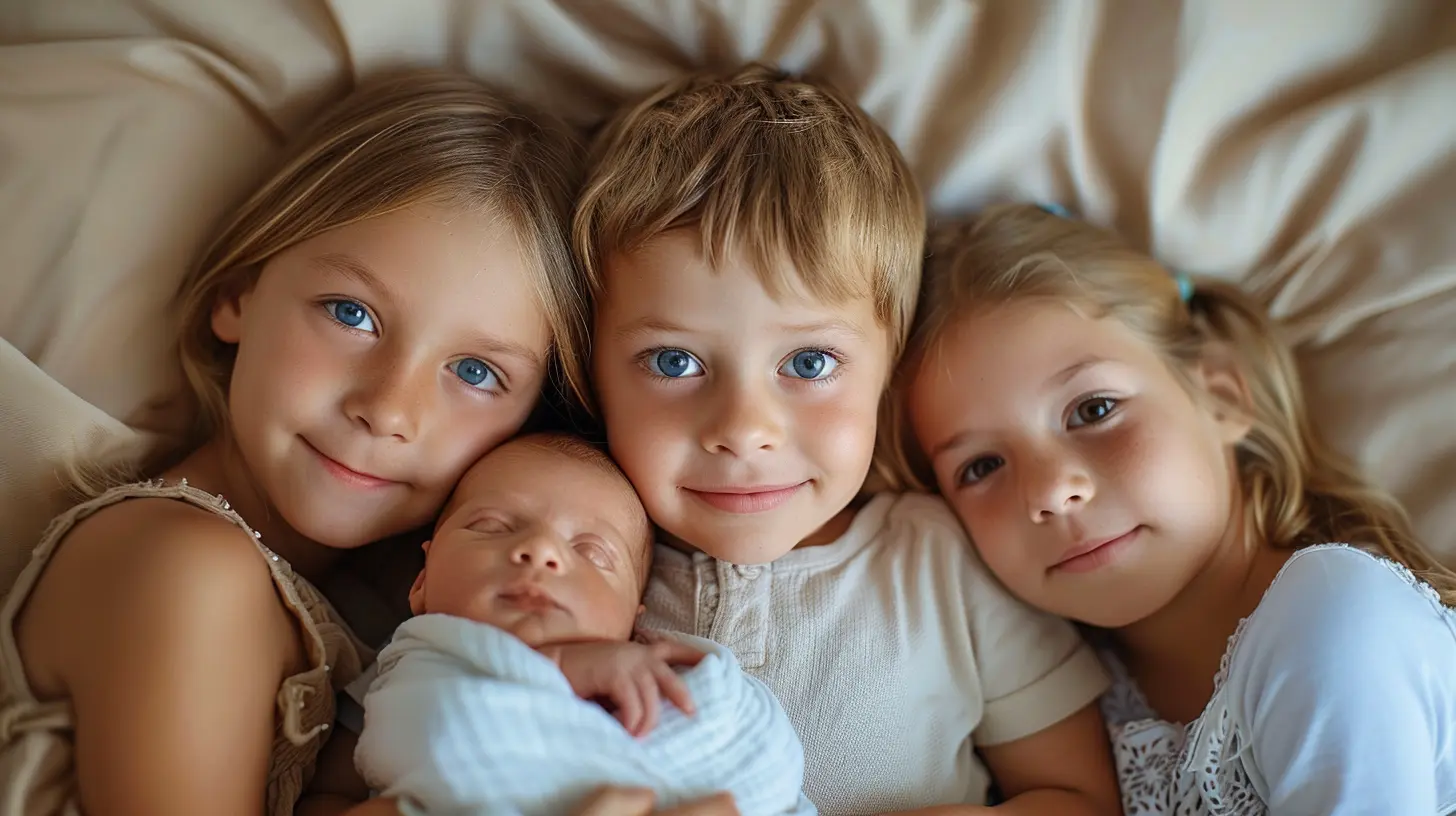
📚 Age Matters: How to Support Different Age Groups
Not all siblings are created equal when it comes to age—and each age group processes big life changes differently.Toddlers (1–3 years)
Let’s be real—toddlers are just trying to master not licking random objects. They won’t grasp the full concept of adoption, but they WILL sense changes in routine and attention.What to do:
- Keep their routine as consistent as possible
- Use picture books to introduce the idea of a sibling
- Shower them with extra cuddles and affirmations
Preschoolers (3–5 years)
These little chatterboxes are full of questions and big feelings. They may worry about being “replaced.”What helps:
- Read adoption-themed children’s books together
- Role-play with dolls or stuffed animals
- Reassure them daily of their special place in the family
School-Aged Kids (6–12 years)
Now you’re dealing with logic, emotion, and sass—all wrapped up in one pint-sized package. They might need more detailed answers and might even express doubts or resistance.Pro tips:
- Let them be part of the adoption process (helping prep the new sibling’s room, discussing names, etc.)
- Validate any jealousy, anger, or confusion
- Set aside one-on-one time just for them
Teens (13+)
Ah, teenagers. Equal parts independent and emotional landmines. They may feel more protective or skeptical about a new sibling. Or they might just roll their eyes and put their earbuds back in.How to reach them:
- Respect their need for space and privacy
- Include them in decisions when appropriate
- Be honest and open. Teens can spot fake positivity faster than a toddler can throw spaghetti
🛠️ Tools to Help Kids Cope and Connect
You’ve laid the groundwork. Now let’s talk about the tools that help siblings manage the transition and bond with their new sib.Books Are Your Best Friend
There are so many awesome children’s books about adoption and new siblings—some funny, some touching, all super helpful. A few favorites?- “A Sister for Matthew” by Pamela Kennedy
- “We Belong Together” by Todd Parr
- “The Family Book” by Todd Parr (seriously, just buy everything he writes)
Reading about adoption from another kid’s perspective helps normalize the experience and spark important conversations.
Get Crafty
Nothing says "we’re in this together" like a good old-fashioned arts-and-crafts session. Create a family tree, draw pictures of what your family looks like now and what it might look like after the adoption, or even make a welcome card for the new sibling.Keep a Journal or “Sibling Diary”
Encourage older kids to write, doodle, or draw their thoughts and feelings. You can even write entries back to them if they want to share it with you. It’s a safe space to vent without judgment.🤝 Encouraging Bonding Between Siblings
Let’s be real: You can’t force a bond. But you can definitely set the stage.Let Them Lead
Don’t make every interaction feel like a “Get to Know You” icebreaker. Let your current kiddo decide how they want to engage. Maybe they want to teach their new sibling how to build a Lego tower—or maybe they need a week to adjust before even saying hi. That’s okay.Create Shared Rituals
From bedtime stories to Saturday pancake breakfasts, shared rituals help everyone feel like they belong. They create predictability, comfort, and eventually—connection.Celebrate the Little Wins
Did they share a toy without a meltdown? High-five that. Did they offer a hug or say “Good morning” unprompted? Do a happy dance. Small steps add up quickly.💬 What NOT to Say to Your Kids
Even with the best of intentions, sometimes we say stuff that doesn’t quite land. Here’s a quick cheat sheet of things to avoid:❌ “You’re so lucky to be getting a new sibling!”
Instead: “This will be a big change, and you might have all kinds of feelings.”
❌ “You have to be a good example now.”
Instead: “Your new sibling will look up to you, but it’s okay to just be yourself.”
❌ “You’ll love them right away!”
Instead: “It might take time to get to know each other, and that’s totally normal.”
🧘♀️ Taking Care of You, Too
Let’s not forget the often-forgotten star of the show: YOU. Supporting siblings through adoption isn’t just about managing their emotions—it’s about managing your own, too.This process can be overwhelming, joyful, exhausting, and full of doubt. The emotional bandwidth required is like running an emotional marathon with toddlers hanging off your legs.
So here’s your permission slip for self-care:
- Take breaks
- Accept help (from friends, family, random nice neighbors)
- Find a support group or therapist
- Laugh at the chaos—because it’s so much better than crying over spilled juice
👨👩👧👦 Post-Adoption: Keeping the Connection Strong
You made it! The adoption went through, your new family member is home, and the dust is sort of settling. But news flash—this isn’t the end. It’s just the next chapter.Keep supporting sibling dynamics long after the paperwork is filed. Check in regularly about how everyone’s adjusting. Expect regressions in behavior—not just from the adopted child, but your other kids too.
And remember: family isn’t just created by DNA or sealed by documents. It’s shaped, molded, and strengthened by every bedtime story, every argument over who gets the last cookie, and every group hug that ends with someone’s foot accidentally getting stepped on.
Final Thoughts: You’ve Got This
Supporting siblings through the adoption process isn’t about being perfect. It’s about being present. It’s okay if you fumble, if you don’t always have the right words, or if you occasionally hide in the bathroom with a chocolate bar.What matters is that your kids feel seen, heard, and loved—all of them.
So go ahead, be their compass in this wild journey of change. And when in doubt, remember: love grows best in families who talk it out—even if it’s over spilled milk and sibling spats.
all images in this post were generated using AI tools
Category:
AdoptionAuthor:

Steven McLain
Discussion
rate this article
1 comments
Kismet Kelly
Supporting siblings during adoption is crucial for fostering family bonds and understanding. Open communication, empathy, and involving them in the process can alleviate fears, nurture acceptance, and ultimately strengthen relationships in a blended family dynamic.
September 22, 2025 at 3:08 PM

Steven McLain
Thank you for highlighting the importance of involving siblings in the adoption process. Open communication and empathy truly enhance family bonds and foster acceptance in blended families.
